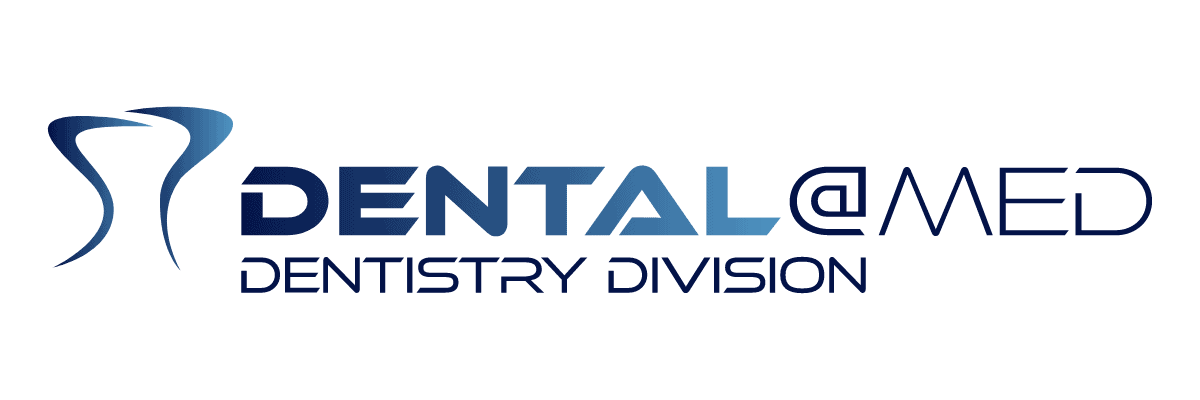TMJ - Temporomandibular joint
The Temporomandibular Joint (TMJ) is the “connection point” of the mandible and cranium. A fibrous cartilaginous disc which enables the mandibular condyles to move inside the glenoid cavities, through rotating and sliding movements which enable the execution of normal physiological functions, such as mastication, swallowing, phonation or yawning. The area can be affected by multiple problems and often symptoms are similar to those caused by other diseases. This is why differential diagnosis is of fundamental importance in excluding other possible causes. Different studies have shown a close connection between the TMJ and posture, highlighting changes in cranial-cervical balance in the presence of muscular dysfunctions caused by the temporomandibular joint. Some disorders, such as bruxism, the habit of grinding one’s teeth especially during sleep, or incorrect dental occlusion, may force the mandible into a non-physiological position, which may affect TMJ functionalities
What TMJ disorders are there?
Researchers agree that disorders affecting this joint can originate as follows:
-
Myofascial, when directly linked to the musculature controlling mandibular biomechanics.
-
Joint, in the presence of dysfunctions between the disc and the condyle, such as a lesion or dislocated disc.
-
Degenerative/inflammatory, such as arthritis, which may also affect the TMJ.
What are the signs and symptoms?
A multitude of symptoms can be linked to TMJ disorders, such as:
-
Jaw pain
-
Muscular stiffness in the jaw area
-
Functional limitation when opening or closing the mouth
-
Jaw “popping”
-
Modification of occlusion
How are TMJ disorders treated?
Where necessary, the dentist may recommend a brace to stabilise occlusion balance, along with soft stretching exercises to lengthen and relax muscles.
Our surgery
The surgery Dental@Med in Foligno provides functional rehabilitation treatments combined with stretching exercises, thanks to its partnership with the Maxillofacial Physiotherapist Michele Branca.
SCIENTIFIC REFERENCES
Static body postural misalignment in individuals with temporomandibular disorders: a systematic review.
Chaves TC1, Turci AM2, Pinheiro CF2, Sousa LM3, Grossi DB2
NIH Publication No. 13-3487

